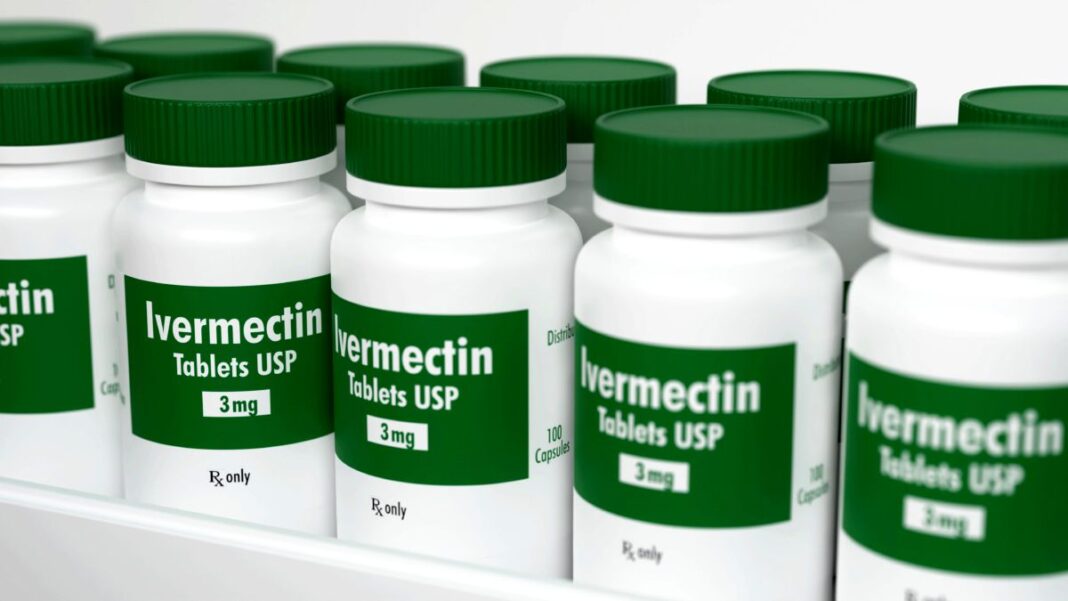
‘If you can’t control him I will, and will draw every negative inference,’ Justice Arthur Engoron said.
Former President Donald Trump took the witness stand on Nov. 6 to give his much-anticipated testimony as the key defendant in a civil fraud case brought by New York Attorney General Letitia James.
He clashed several times with New York Supreme Court Justice Arthur Engoron, who accused him of campaigning in the courtroom.
The trial is a bench trial. Justice Engoron will be the sole decider of how much President Trump will need to pay in damages.
On Sept. 26, the judge ruled in a pre-trial summary judgment that President Trump was liable for fraud, siding with the attorney general’s office in saying he had inflated his net worth by up to $2.2 billion annually in statements of financial condition (SFC) from 2011 to 2021.
President Trump has been attending the trial regularly since its start on Oct. 2 and even testified the past week very briefly during an impromptu hearing about the judge’s gag order. The judge had deemed President Trump “not credible” as a witness after putting him on the stand, and President Trump has claimed that the judge “hates” him in social media posts.
On Nov. 6, the two had a head-on confrontation.
State attorneys questioned President Trump about SFCs of various years and specific line items, sometimes eliciting long responses about specific properties, even to yes or no questions.
This irked the judge, who told defense attorney Chris Kise to “control your client” and get the campaign rhetoric out of the courtroom because this was “not a political rally.”
Mr. Kise responded that these were “extraordinary circumstances” and President Trump continued to testify on matters related to his net worth.
The judge then interrupted the testimony again and warned Mr. Kise to “control” his client in an exchange that turned into yelling between attorneys and the judge.
“If you can’t control him, I will, and will draw every negative inference,” Justice Engoron said.
Mr. Kise said that would be unfair.
“You have on the stand a candidate for the president of the United States,” he said. “I don’t think you should draw a negative inference. The court needs to hear what he has to say.”
By Catherine Yang and Michael Washburn







